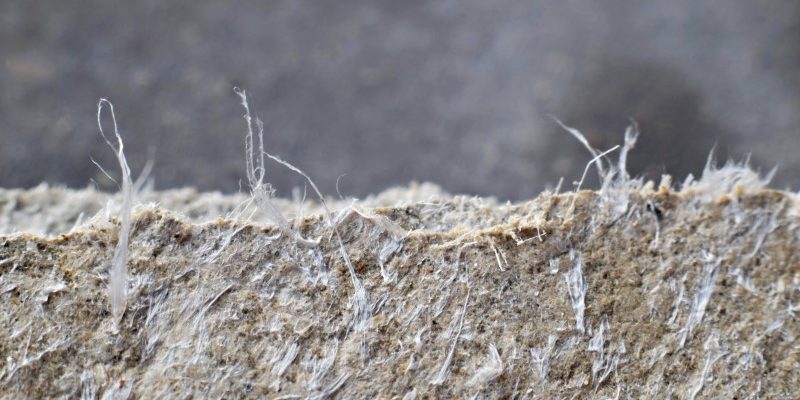Understanding the Risks and Precautions for Asbestos During the Cold Season
As the winter chill sets in across Essex, property owners, managers, and tenants must turn their attention to the heightened risks associated with asbestos in buildings. Asbestos Surveys Essex is committed to ensuring public awareness and safety with a comprehensive winter guide on asbestos management.
Winter Weather and Asbestos: A Potent Mix
The drop in temperature and winter storms can have a significant impact on buildings, especially those with aging materials that may contain asbestos. As buildings contract in the cold and potentially face damage from storms, the risk of asbestos exposure can increase if materials become disturbed or damaged.
Identifying Asbestos Risks in Winter
It’s crucial for property owners to understand where asbestos risks lie. Common asbestos-containing materials (ACMs) in buildings can include insulation, tiles, roofing, and siding. Furthermore, these materials can become brittle and more prone to damage during winter, releasing harmful fibers into the air.
Proactive Winter Asbestos Management
The key to managing asbestos over winter is vigilance and preparation. Asbestos Surveys Essex recommends the following steps:
- Regular inspections: Monitor known areas of ACMs, particularly after storms or severe weather conditions.
- Immediate action: If any damage is detected in areas containing asbestos, professional assessment and remediation should be sought immediately.
- Avoid DIY repairs: Disturbing asbestos-containing materials can be dangerous. Always seek professional guidance.
The Importance of Professional Asbestos Surveys
A professional asbestos survey is even more critical during winter months. Asbestos Surveys Essex offers comprehensive asbestos inspections, providing peace of mind with detailed assessments of any potential winter-related asbestos risks. Our services ensure that your property remains safe and compliant with current asbestos regulations.
Stay Informed and Stay Safe
As we navigate the winter season, staying informed about the dangers of asbestos is vital. Asbestos Surveys Essex is your local expert in asbestos management, offering tailored advice and professional surveying services to keep your property safe from asbestos hazards year-round. Contact Us Today for your consultation this winter!
FAQs (Frequently Asked Questions)
How does winter weather affect asbestos-containing materials in buildings?
Answer: Winter weather can greatly affect buildings with asbestos-containing materials (ACMs). Cold temperatures can cause materials to contract and become more brittle, increasing the likelihood of damage or deterioration. This is particularly true for exterior asbestos-containing materials like roofing and siding, which are also subject to the elements. Snow, ice, and winter storms can contribute to the disturbance of ACMs, which may release asbestos fibers into the air if they are not properly managed.
What should I do if I suspect my property has asbestos and it has been damaged after a winter storm?
Answer: If you suspect that your property contains asbestos and has incurred damage after a winter storm, it’s crucial to avoid any contact with or disturbance of the damaged area. Contact a licensed asbestos professional to conduct a thorough inspection and risk assessment. Asbestos Surveys Essex provides emergency survey services to assess the damage and recommend the appropriate actions, including removal or containment, to prevent asbestos exposure.
Can I conduct asbestos removal myself if I find damage during the winter?
Answer: No, it’s not recommended to attempt asbestos removal yourself. Asbestos is a hazardous material that requires specialized handling and disposal procedures to prevent contamination and exposure. Professional asbestos removal teams are equipped with the necessary tools, protective equipment, and expertise to safely remove and dispose of asbestos materials. It’s also a legal requirement to have asbestos removed by a licensed professional to ensure the safety of everyone involved and the compliance with health and safety regulations.







